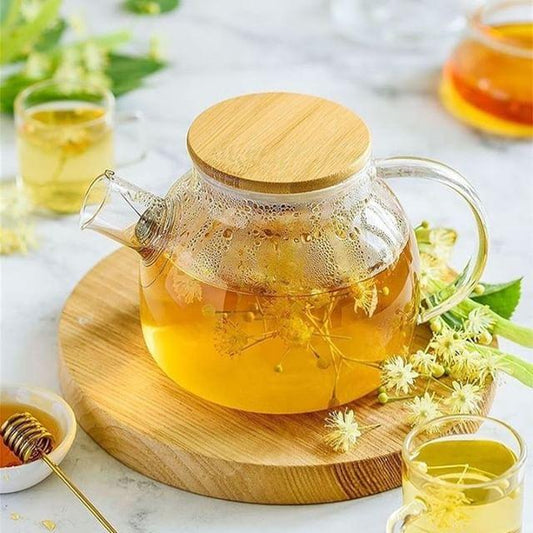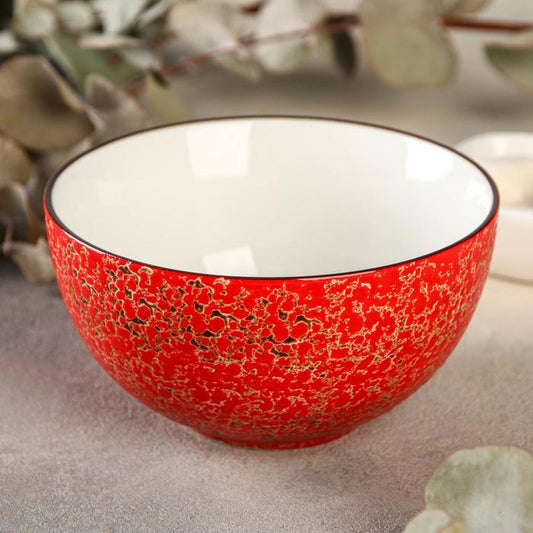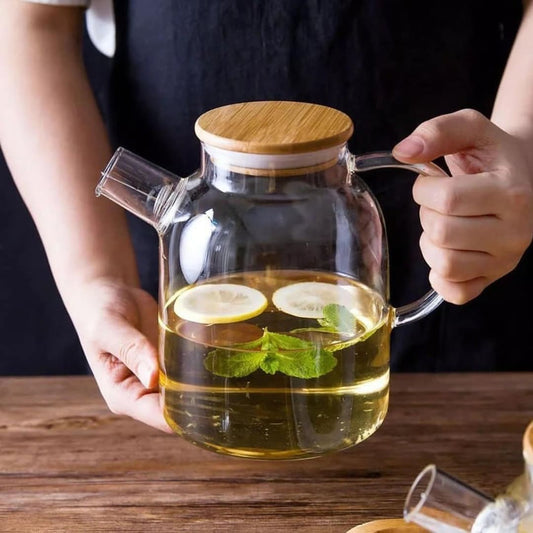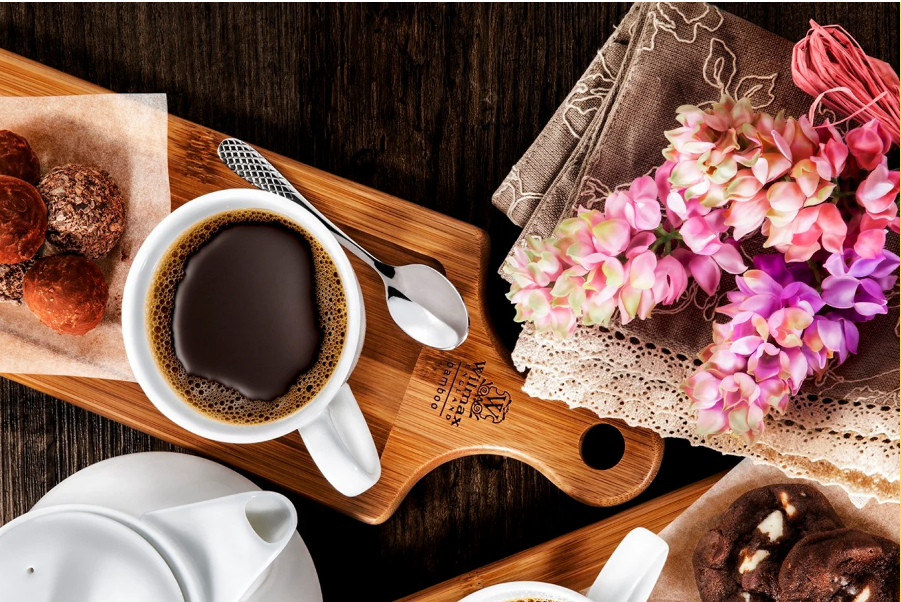Cast-Iron Care 101: Seasoning, Cooking, and Reviving Your Skillets

Few kitchen tools are as revered—or misunderstood—as the cast-iron skillet. Beloved for its durability, unbeatable heat retention, and rustic charm, this classic pan can last for generations if properly maintained. But what does “seasoning” really mean? How do you cook without sticking? And can a rusted, forgotten pan really be brought back to life? Let’s break down the essentials of caring for cast iron, from seasoning to resurrection.
What Is Seasoning (And Why It Matters)?
Seasoning is not about herbs or spices—it’s a thin layer of polymerized oil baked into the iron’s surface. This creates a natural, non-stick coating that improves with each use. It protects the pan from rust and enhances flavor. A well-seasoned pan should be smooth, dark, and slightly glossy.
How to Season Your Skillet (Or Re-Season It)
- Clean it: Wash the skillet with warm water and mild soap (yes, soap is okay occasionally!). Scrub off any rust or old residue with a stiff brush or steel wool.
- Dry thoroughly: Place it over low heat to evaporate any remaining moisture.
- Oil it: Rub a thin layer of neutral oil (like flaxseed, canola, or grapeseed) over the entire pan, inside and out.
- Bake it: Place the skillet upside down in a 450°F (230°C) oven for one hour. Put foil underneath to catch drips. Let it cool in the oven.
Repeat this process 2–3 times if your pan is new or completely stripped. Each round of seasoning builds a stronger, more non-stick surface.
Cooking With Cast Iron
Cast iron shines when used for high-heat tasks—searing steaks, crisping chicken skin, frying eggs, and baking cornbread or even desserts. But to make it work for you:
- Preheat it: Always heat your pan for a few minutes before adding food. Cold cast iron = sticky food.
- Use oil generously: It adds to the seasoning and prevents sticking.
- Don’t cook acidic foods (at first): Tomatoes, vinegar, and citrus can strip seasoning from newer pans. Wait until your skillet is well-seasoned.
Daily Cleaning and Maintenance
Forget the myth—you can clean cast iron without ruining it. After cooking:
- Wipe out food with a paper towel.
- Rinse with hot water and a brush (or use coarse salt to scrub).
- Dry it immediately on the stove to prevent rust.
- Rub with a small amount of oil to maintain the seasoning.
Reviving a Rusty Skillet
Don’t toss that rusty old pan! Restoration is simple. Scrub the rust off using steel wool until bare metal is visible. Wash, dry, and then re-season it using the steps above. It might take a few rounds, but even the most neglected skillet can return to glory.
Final Thoughts: A Lifetime Companion
Cast iron requires a bit more care than your average non-stick pan, but it rewards that care tenfold. It’s a tool that gets better with age, one that turns simple meals into rituals. Whether you're searing, baking, frying, or just admiring its timeless design, a well-loved cast-iron skillet is more than cookware—it’s an heirloom in the making.
Share:





